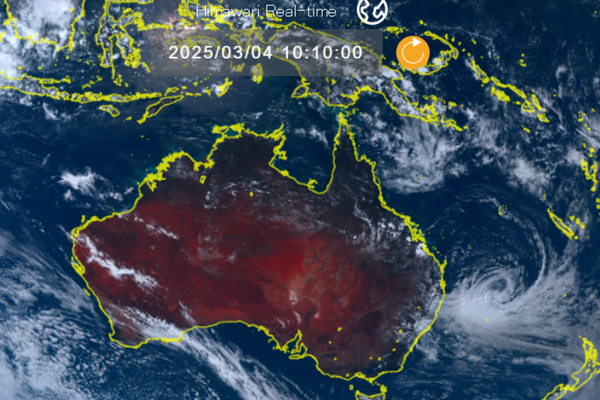
Parts of England and Wales are expected to have more rain, thunderstorms, high winds, and low temperatures this week.
To make matters worse, this July was the sixth wettest on record for the UK.
Meanwhile, southern Europe is tackling wildfires and hazardous heatwaves, with temperatures reaching 40C.
These extreme weather changes are crucially down to where the jet stream is. But what is the jet stream and how does it affect UK weather?
What is the jet stream?
According to the Met Office, the jet stream is a core of powerful winds that travel from west to east, 5 to 7 miles above the surface of the Earth.
The jet stream flows high overhead and causes changes in the wind and pressure at that level.
This influences elements closer to the surface, such as zones of high and low pressure, and, as a result, influences the weather we experience. Sometimes the movement of the jet stream is quite straight and smooth, like in a swiftly flowing river. However, like a river's meander, its motion can buckle and loop. Due to the resulting slowdown, zones of low pressure will move less reliably.
The strength of a region of low pressure can also be altered by the jet stream. It functions somewhat like a hoover, pulling air from the top, intensifying it, and reducing the pressure system. In general, the stronger the wind and the more stormy the outcome, the lower the pressure is within a system.
On the other hand, a slower, more buckled jet stream can lead to areas of higher pressure taking control, which usually provides dry skies, moderate winds, and less stormy weather.
How does it affect UK weather?
The jet stream is stronger and moves across the UK during the winter because there is a greater temperature difference between the equator and the poles. This explains why it usually rains more.
The opposite is true in the summer, when there is typically less of a temperature differential. Usually, the jet stream positions itself to the north of the UK, where we experience calmer, drier weather.
This year the jet stream, which travels high overhead and brings in high pressure for dry and sunny weather, position itself to the south of the country.
Where is it positioned?
The Arctic region and the milder air to the south are two examples of nearby air masses with large temperature variations where they form.
The tropopause, at the boundary between the troposphere (where temperature declines with height) and the stratosphere (where temperature increases with height), is where the jet stream is mostly found.







